Director: Haruyasu Noguchi
Cast: Jo Shishido, Yoko Yamamoto, Kon Omura, Yumiko Nogawa, Eiji Go, Daizaburo Hirata, Hiroshi Cho, E.H. Eric, Kanbi Fujiyama, Tonpei Hidari, Hiroshi Hijikata
Running Time: 85 min.
By Kyle Warner
Before the Nikkatsu logo even hits the screen, one of Murder Unincorporated’s characters directly addresses the audience. “Hey, you!” he shouts with a snarl. “If you don’t laugh when you see this movie, I’m going to execute you!” So… that’s a first! And since I’m alive to type this, that means I laughed. Sometimes I felt stupid for laughing, because this is one dumb movie, but oh well. I figure laughter is a fine indicator that a comedy’s doing its job correctly.
You must understand one thing about Murder Unincorporated before we go any further: this film is out of its damn mind. Apparently conceived by highly-caffeinated madmen, the film’s comedy is mostly made up of dumb slapstick and screwball madness, styles of comedy that have fallen out of favor with modern audiences. While I certainly would prefer a clever script over slapstick comedy, that doesn’t mean I dislike slapstick and screwball hijinks on screen. But just the same, a movie like Murder Unincorporated can’t help but feel a little dated today.
In the film, the legendary assassin Joe of Spades has returned and marked a criminal syndicate for death. The criminals immediately call the assassin agency, who send dozens of weirdo assassins over to audition for the job of protecting the clients and killing Joe of Spades. Some of these assassins are pretty normal but most of the others are cartoony caricatures, each with their own peculiar methods of killing. One man is a baseball nut, one kills with poetry, another claims to be the grandson of Al Capone, one is 006 (the boss of 007)… they’re all crazy idiots and they’re somehow viewed as the best of the best. The situation actually would’ve made for a good action movie setup even without the comedy, but Murder Unincorporated has zero intention in playing things straight.
Stepping in and out of the mix is Jo Shishido (Danger Pays), who seems awfully interested in the particulars of the hitmen’s jobs. We can naturally assume that Jo Shishido is Joe of Spades (the actor’s own nickname was ‘Joe the Ace’, after all) but the film plays things pretty close to the chest in regards to the story’s central mystery. The only clue the hitmen have for identifying Joe of Spades is that the killer has a mole on the sole of his foot—which, as you may expect, leads to many zany mishaps.
Shishido may dominate the poster artwork and be the most recognizable face in the film, but he’s not really the star of the picture. In a film full of idiots, Kon Omura’s Konmatsu is King. The comedian Omura (Gamera vs. Guiron) was apparently well-known in Japan at the time but remains mostly unheard of in the West. A rubber face and impeccable comic timing make him the star of Murder Unincorporated, here playing bumbling hitman Konmatsu as someone so daft that even the other idiots in the room are left awestruck by his bold stupidity. Sure, sometimes Omura’s Konmatsu is annoying to the extreme, but I dare say that if you can’t like his character, then you probably won’t like the film.
Director Haruyasu Noguchi, who’s responsible for one of Japan’s worst one-off kaiju films Gappa the Triphibian Monsters, was certainly not one of Nikkatsu’s best talents but he’s made something fun and fairly unique here. Fast-paced and quirky, it’s an entertaining little diversion.
It’s always difficult to figure whether a screwball comedy is going to appeal to a large audience. Even the Marx Brothers’ Duck Soup, often considered the reigning screwball masterpiece, isn’t for everyone. If I were to try to narrow down what Murder Unincorporated resembles, I’d say it’s something close to Masahiro Shinoda’s Parade of Killers and Jun Fukuda’s Ironfinger, with some of the braindead goofiness found in a Wong Jing picture. If you like any of those things I just mentioned, this movie might be for you. Certain other audiences will view this film like it’s an annoying kid acting out for attention, and that’s understandable. Murder Unincorporated isn’t the sort of thing I want to watch all the time, but my first viewing was an enjoyable one.
Kyle Warner’s Rating: 7/10
About this release: Murder Unincorporated is the third film of Arrow Video’s new Blu-ray/DVD release Nikkatsu Diamond Guys Vol. 2. Murder Unincorporated is packed onto one Blu-ray disc with the two other films, Tokyo Mighty Guy and Danger Pays. It’s an amusing collection of films, showing a sillier side of Nikkatsu that’s remained largely unseen by Western viewers. Danger Pays is my favorite from the set, and without a doubt has the most replay value of the three films. All films look and sound good on Blu-ray. The package includes a booklet with new writing from Japanese film experts Stuart Galbraith IV, Tom Mes, and Mark Schilling.
For special features we get trailers for the films, promo galleries, and two video essays by Jasper Sharp that look at Diamond Guys Jo Shishido and Akira Kobayashi. The video essays total about 20 minutes and are an enjoyable, informative look at the stars and how their careers grew at Nikkatsu. It’s a nice release for three obscure pieces of classic Japanese cinema.
The films are full of energy and quick-witted charm, with colorful characters and likable star turns from Jo Shishido, Akira Kobayashi, and Ruriko Asaoka. There’s no word of a Nikkatsu Diamond Guys Vol. 3 yet but I’m hoping it’s in the works, because I’d love to see more of the lesser-known films by these stars. If you’re interested in this DVD/Blu-ray, you should know that it’s a limited release of 3,000 copies. The release is region free.

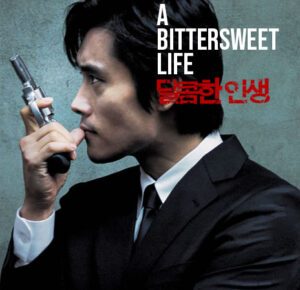



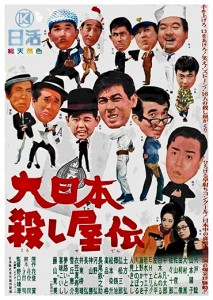
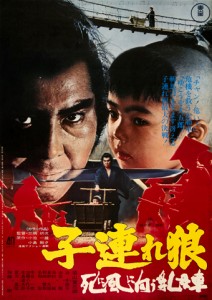
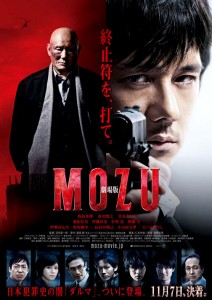
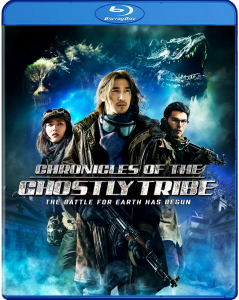

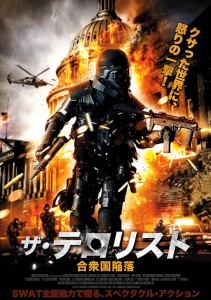
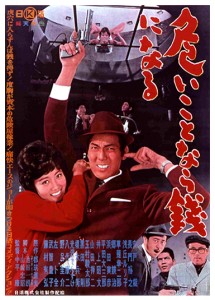
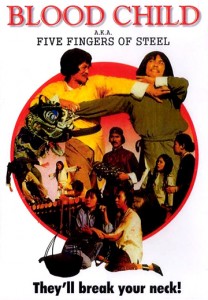

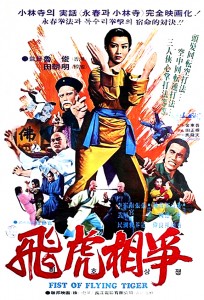
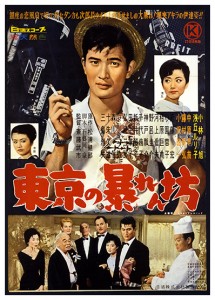


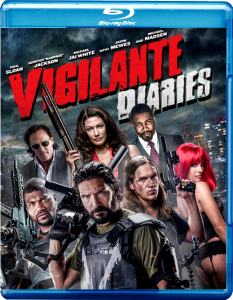
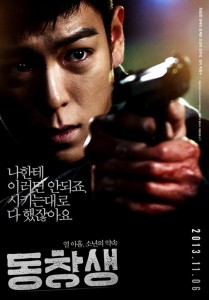




Be the 1st to Comment